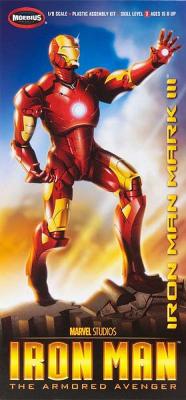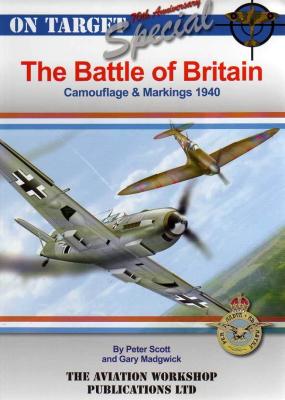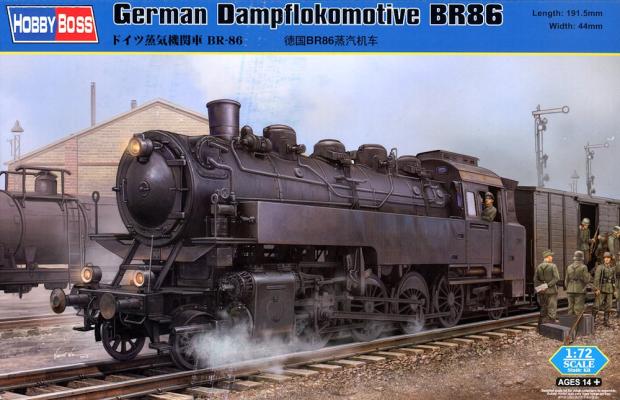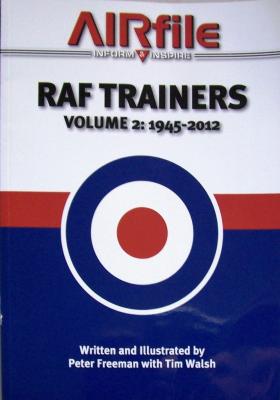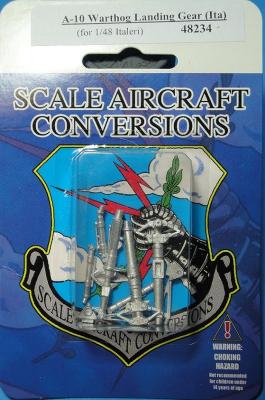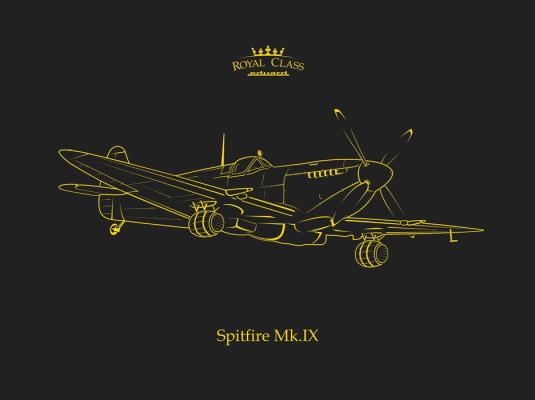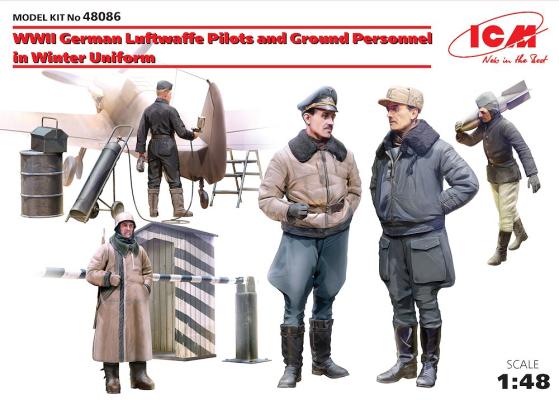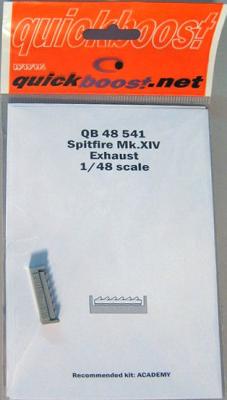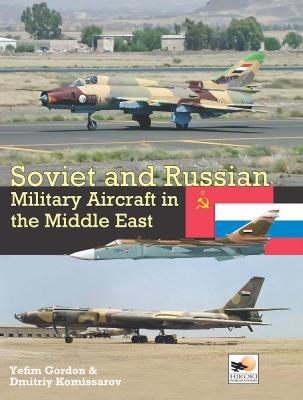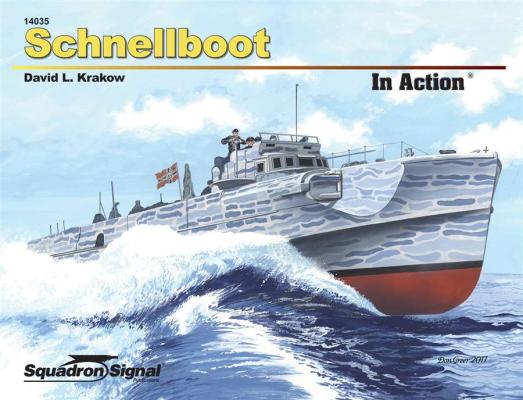Having built the original release of the Moebius Models Iron Man Mk. II, I jumped at the opportunity to review the “updated” Mk. III kit. Prior to the kit’s arrival, I knew it was based on the original, but with an updated pose. When the kit arrived, I was pleased, yet also slightly disappointed.
Reviews
The Aviation Workshop produces this special title on the Battle of Britain 70th Anniversary Edition. I should say that the book is more like “Camouflage and Markings - Western Front 1940”, because the book also includes multiple details and color profiles regarding the Battle of France and the Low Countries, plus a few selected profiles from the Invasion of Norway.
These are the chapters in the book:
Hobby Boss continues to expand it locomotive series in 1/72 scale by adding the German Br.86. There are over 220 parts on 7 sprues and an independently molded cab (probably with slide mold technology). One of the sprues is molded in clear for the cab windows. Along with the above-listed parts and sprues there is a display base. You have two marking options, a military one in field gray and a civilian locomotive in the typical red and black.
The overall surface detail is excellent and very delicate. I was surprised to see how fine the steam pipes were in the boiler sides. Overall fit is superb and I did not need to use filler anywhere, except in a spot where I damaged the part (i.e., my own fault).
I don't know if it's my preference for 1/72 scale models, but I have a lot of RAF subjects in my kit collection. When I look closer, many of these kits are trainers. When I saw this title, then, it immediately grabbed my attention. This particular AIRfile book is the second volume in a series covering RAF training aircraft and starts with the post-war period of 1945, continuing through 2012. I initially expected information on the standard training machines – Provost, Gnat, Hunter T.7,and Hawk – but was pleasantly surprised to find much more.
Scale Aircraft Conversions is an aftermarket company that makes replacement white metal landing gear. According to their website they try to fix any inaccuracies in kit parts or to provide additional support due to the weight of the kit. They provide replacement landing gear for scales from 1/24th to 1/144th scale.
The pieces included in this set are the two main landing (MLG), two MLG retraction struts, nose gear, nose gear retraction struts, and the nose gear door linkage.
I won’t go into the history of the Mk.IX Spitfire, but let’s get right to the kit. It comes packaged in a sturdy large box with a flat black cove complete with a beautiful gold Spitfire sporting two beer barrels under the wings. On the sides are full color renditions of all the decal options. The box top itself is a piece of art that would look really good framed next to the Bf-109E box top.
I always like to add figures to my builds to obtain a sense of scale. ICM has provided some of the best figures in plastic for some time. Their latest release is aimed at Father Winter and the German Luftwaffe.
They come packaged in a sturdy cardboard box with a beautiful painting of the figures on the front of the box top. A single sprue of light tan plastic is packed in a re-sealable plastic bag. Five figures and various components of a German airfield are included on the sprue. I could find no flash, and the faces, which are the basis of a good figure, are beautifully rendered.
Quickboost has always offered quick, easy, and inexpensive ways to upgrade your kits. The latest offering is a set of hollowed-out exhausts for the Academy Spitfire Mk.XIV. Molded perfectly in light grey resin, these two banks of exhausts feature exquisitely opened ends. They are drop-in replacements for the kit parts. Removal is easy enough from the pour blocks. Since the attachments are on the inside, there is no need even to clean them up.
Highly recommended.
Thanks to Quickboost and IPMS/USA for the review parts.
Nowhere in the world has the clash of East vs. West hardware been more hard fought than the Middle East. Soviet arms were first supplied to Egypt in the 1950s. Since then, Soviet hardware as flourished throughout the region. This hardback, detailing such Soviet-supplied arms in the form of warplanes, is printed on high quality paper with over 375 photos, most being in color. The book is broken down into chapters by country, including Egypt, Iran, Iraq, Israel (yes, Israel too), Jordon, Lebanon, Palestine, Syria, UAE, and Yemen.
The German Kriegsmarine developed the Schnellboot (or S-boot) as a weapon of war to be used by elite sailors. As a testament of their skillfully trained men and excellent design, the S-boot flotillas were able to deliver offensive actions as late as April, 1945.
This book is devoted to the description of the main characteristics and features of the following classes: S-1, S-2, S-7, S-14, S-18, S-26, S-30, S-38, S-100, S-151, and the LS class, which was a “midget” S-boot used mainly from auxiliary cruisers. For each class, there are line drawings and pictures (most of them in half-page size, very clear and sharp) illustrating the characteristics of each class.

